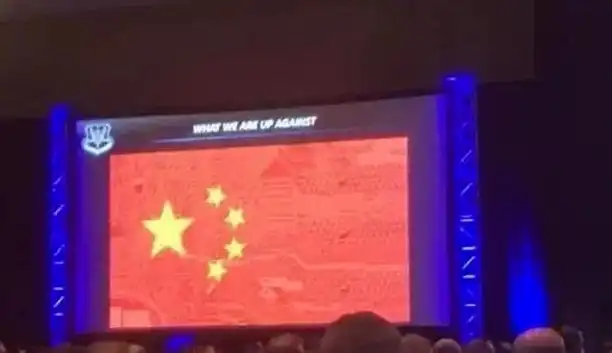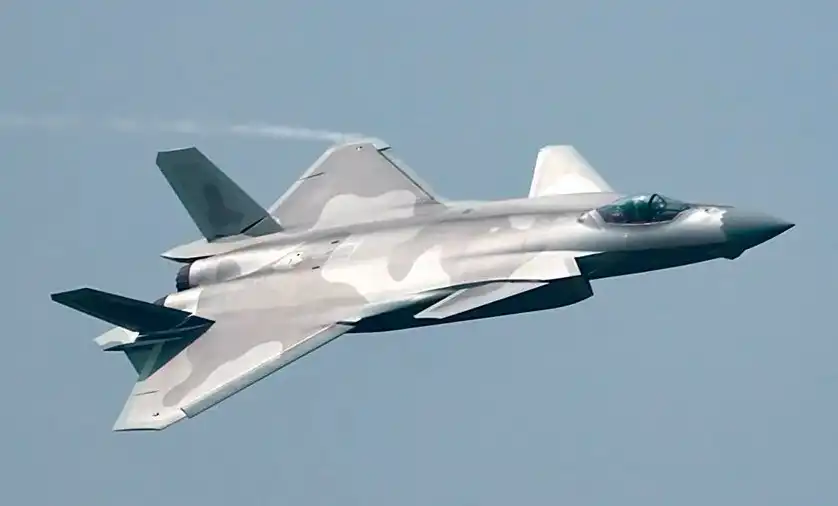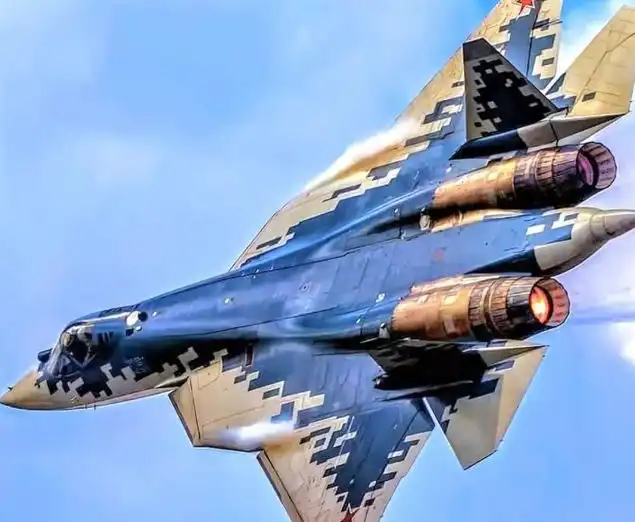strong east wind:Who competes with the rise of the Chinese Air Force
On today's international stage, the United States 'military strength has always been an important pillar for maintaining global hegemony. As the world pattern changes, new challengers have emerged.
A scene unfolded at a top-level meeting at the US Air Force that sent global public opinion into uproar:China's five-starred red flag was prominently displayed on the conference screen, along with seven powerful Chinese characters: "Who is our opponent?"
It wasn't just a show of force, but a deep American military concern about the velocity of China's military development.

Undeniably, the United States has long been at the forefront of military technology. Its stealth bombers, advanced fighters, and other high-tech weaponry have been a source of pride for the US Air Force for many years. As the ancient Chinese proverb goes, "There are always new talents throughout the ages, each leading the way for a few hundred years."
There is no everlasting hegemon in the military field. With continuous scientific and technological progress and the enhancement of China's national strength, the development speed of the Chinese People's Liberation Army Air Force has attracted worldwide attention.
In recent years, the Chinese Air Force has made remarkable progress in modernizing its equipment and improving its training levels. The successive commissioning of new aircraft such as the J-20 and the Y-20 marks that the Chinese Air Force has officially entered the "20" era.
These advanced fighter aircraft not only possess combat capabilities such as long-range strikes, high maneuverability, but also make qualitative leaps in stealth technology, informationization level and other aspects.
It is also worth mentioning that China has made significant breakthroughs in the technology of unmanned aerial vehicles (UAVs), such as the Rainbow and Wing Loong series of UAVs, which have been well received in the international market and will become an important force in future air combat.

Faced with the rapid development of the Chinese Air Force, the U.S. felt unprecedented pressure. At the U.S. Air Force Convention, the appearance of the five-star red flag is not only a recognition of China's military development, but also a warning.
It suggests the possibility that the Chinese air force could soon be the U.S. Air Force’s most formidable aerial rival. The concern isn’t just idle speculation. China’s advances across the economic, technological and other spectrums are underpinning a military modernization effort that has proceeded at a remarkable clip.
Meanwhile, although Russia still maintains a strong military foundation, its pace of military development has slowed due to economic sanctions and internal problems.
The sluggish development of the Su-57 fighter jet reflects the challenges facing Russia in the military-technical sphere, prompting the United States to increasingly look to the East when choosing future rivals.

Of course, the enhancement of China's military strength is not intended to challenge anyone, but to better safeguard national security and regional stability.
China has consistently pursued a national defense policy that is defensive in nature and is committed to building a community with a shared future for humanity. However, in the face of the complex and ever-changing external environment, China must also continuously strengthen its own national defense capabilities to ensure that its national interests are not compromised.
